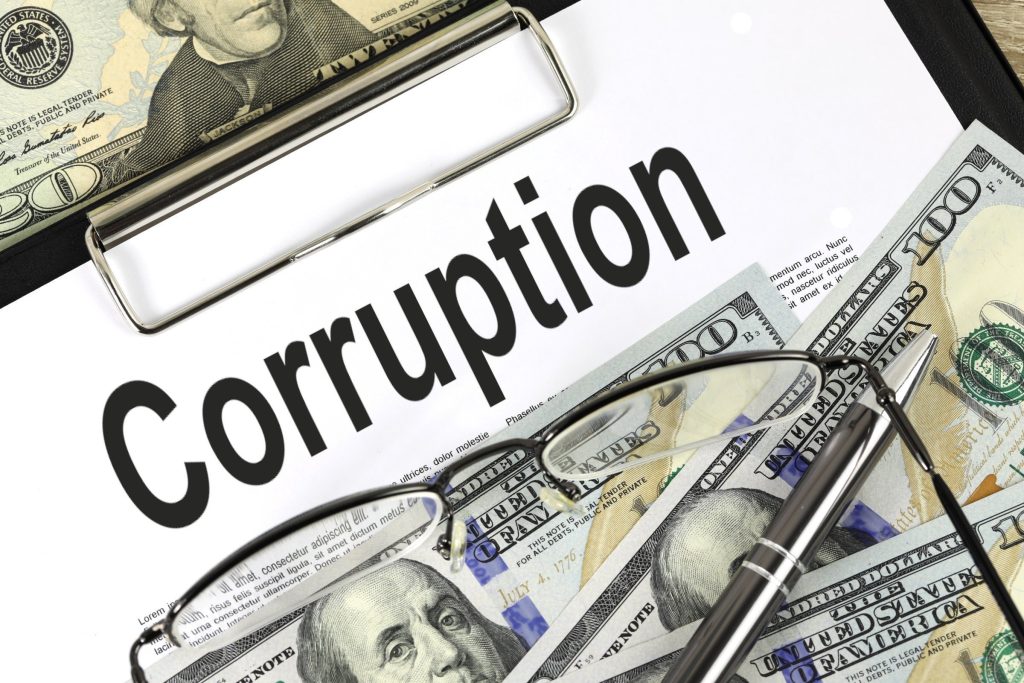Corruption is often perceived as a societal ill, an insidious force undermining governance, justice, and economic development. However, what if we were to look at it through a different lens? What if, instead of merely viewing corruption as a crime or ethical lapse, we consider it as a business that serves institutions? This perspective can shed light on the complexities of corruption, revealing how it operates within business ecosystems and influences institutional behavior.
At its core, corruption operates on a transactional basis, akin to any other business. In its various forms—bribery, embezzlement, kickbacks—corruption thrives on a supply-and-demand model. Individuals or organizations seeking to bypass regulations or gain undue advantage become the ‘clients’ of corrupt officials or intermediaries offering their ‘services’ in return for financial gain.
In this framework, the institutions involved—be they governmental, corporate, or non-profit—often become enablers or facilitators of corruption. The reasons are multifold. For governments, the promise of financial kickbacks can foster incongruities within decision-making processes, leading to policies that favor a handful of businesses over the greater public interest. Some private corporations may engage in corrupt practices to gain contracts or secure favorable regulations, thus perpetuating a cycle of corruption that progressively undermines fair market practices.
Critically, corruption transcends individual transactions and can become institutionalized. This means that many organizations may build their operations around corrupt practices, embedding them within their standard operating procedures. This institutionalization can create an environment in which corruption appears not only permissible but necessary for survival.
Consider, for instance, post-colonial states struggling with weak governance structures. In these settings, corruption often becomes an alternative means of wealth distribution and social mobility, thus serving specific institutional goals. Although detrimental to broader societal progress, it can be seen as a mechanism through which power dynamics and economic benefits flow within the elite circles.
Viewing corruption as a business presents a two-sided coin. While it can highlight the motivations and the operational models within corrupt networks, it also downplays the severe consequences of these practices. Corruption erodes institutional integrity, discourages foreign investment, skews resource allocation, and fosters inequality. As institutions prioritize short-term gains, the long-term health of economies and societies is compromised.
Moreover, this perspective can lead to the normalization of corruption, suggesting an inevitability that it cannot be eradicated. Such a narrative can deter reform efforts, as institutions may feel that they are fighting an uphill battle against an ingrained system.
To address the malaise of corruption as an entrenched business, institutions must pursue robust reform strategies. Emphasizing transparency, accountability, and ethical governance can counteract the allure of corrupt practices. Implementing systems of checks and balances, combined with education and awareness initiatives, can empower citizens to demand integrity from their institutions.
Employing technology, such as blockchain for public procurement, can also minimize opportunities for corrupt transactions. Simultaneously, fostering a culture of ethical leadership within organizations can fundamentally shift the dynamic, motivating individuals to prioritize integrity over personal gain.


More Stories
HSBC Announces Significant Share Buy-Back Program
The Hardships of People with Disabilities Living on $60-$80 a Month in Bermuda.
Restoring Bermuda to a Less Than 2% Crime Rate Destination Through Mutual Entrepreneurial Support